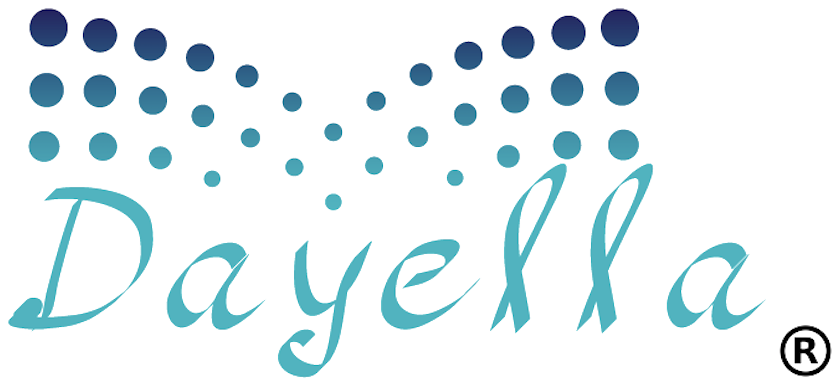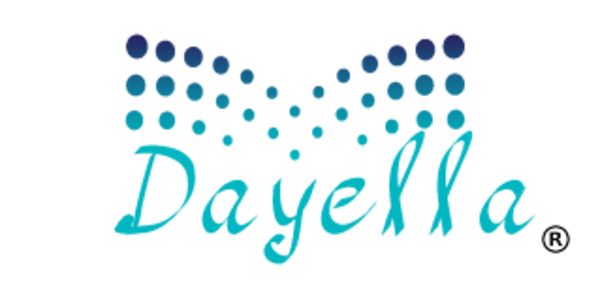
Martech 與 AdTech:了解差異及其對行銷策略的影響
在快節奏的數位行銷世界中,科技在塑造企業與受眾互動的方式方面發揮著至關重要的作用。該生態系統的兩個重要組成部分是 行銷技術(Martech) 和 廣告科技(AdTech)。雖然這些術語有時可以互換使用,但它們指的是具有不同目的的不同工具集。了解 Martech 和 AdTech 之間的差異對於尋求制定有效的、數據驅動的行銷策略的企業至關重要。
在Dayella Limited,我們致力於幫助行銷專業人士應對現代行銷技術的複雜性。我們的目標是提供 Martech、AdTech 及其整合的見解,使企業能夠做出明智的決策,從而推動參與和轉換。
什麼是行銷技術?
行銷技術 是指旨在改善和自動化行銷任務的軟體和工具,重點是與客戶建立長期關係。其主要目標是在整個買家旅程(從潛在客戶開發到售後支援)中增強客戶參與度。
一些關鍵的 Martech 工具包括:
- 客戶關係管理(CRM): Salesforce 和 HubSpot 等平台可協助管理客戶資料和交互,提供支援個人化行銷活動的見解。
- 電子郵件行銷和自動化: Mailchimp 等工具可讓行銷人員自動執行個人化電子郵件活動,確保與客戶及時溝通。
- 分析平台: Google Analytics 等解決方案提供有關客戶行為的數據,幫助行銷人員根據即時洞察優化策略。
- 內容管理系統(CMS): WordPress 等平台可協助管理跨各種管道的內容建立和分發。
Martech 的總體目標是創造個人化體驗,以培養客戶忠誠度和滿意度。透過利用第一方資料(直接從客戶收集的資訊),Martech 工具使企業能夠提供與受眾產生共鳴的有針對性的行銷活動。
什麼是廣告技術?
廣告技術另一方面,專注於利用付費廣告管道來接觸新受眾。 AdTech 的主要功能是自動化和衡量各種平台上的廣告活動,使品牌能夠擴大影響力並提高知名度。
常見的廣告科技工具包括:
- 需求方平台 (DSP): The Trade Desk 等平台讓廣告主跨多個交易所即時購買廣告空間。
- 供應方平台(SSP): Google Ad Manager 等工具可協助發布商有效率地銷售可用的廣告資源。
- 廣告交易平台: 這些平台促進廣告商和發布商之間即時買賣廣告空間。
AdTech 嚴重依賴第三方資料(例如 cookie)來定位可能還不熟悉某個品牌的潛在客戶。其主要目標是透過向相關受眾投放廣告來提高品牌知名度。 AdTech 的強大之處在於它能夠使用大型資料集進行精確定位,確保將廣告顯示給最有可能參與或轉換的用戶。
Martech 和 AdTech 之間的主要區別
雖然 Martech 和 AdTech 對於成功的數位策略都至關重要,但它們在行銷漏斗中具有不同的目的。以下是它們不同的一些關鍵領域:
1. 在客戶旅程中的角色
- 行銷技術: 專注於透過在客戶旅程的每個階段提供個人化體驗來培養現有關係。
- 廣告技術: 主要旨在透過付費媒體管道提高品牌知名度來獲取新客戶。
2. 數據使用
- 行銷技術: 依靠直接從客戶收集的第一方資料(例如電子郵件地址、購買歷史記錄)來創建客製化體驗。
- 廣告技術: 利用第三方資料(例如 cookie)根據人口統計或瀏覽行為定位匿名潛在客戶。
3. 計費模型
- 行銷技術: 通常採用 SaaS(軟體即服務)訂閱模式運行,並收取可預測的月費或年費。
- 廣告技術: 通常使用基於效果的模型,例如 CPM(每千次曝光成本)或 CPC(每次點擊成本),其中成本會根據廣告系列效果而波動。
4. 瞄準焦點
- 行銷技術: 透過根據已知的偏好和行為提供高度個人化的內容來瞄準現有客戶。
- 廣告技術: 透過根據更廣泛的人口統計或行為數據投放廣告來瞄準新受眾。
Martech 和 AdTech 如何合作
儘管存在差異,Martech 和 AdTech 可以在整體行銷策略中無縫協作。例如:
- 企業可以使用 AdTech 來針對對類似產品或服務表現出興趣的潛在客戶進行展示廣告活動。
- 一旦這些潛在客戶與廣告互動(例如,透過造訪網站),CRM 或電子郵件自動化等 Martech 工具就會接管,透過個人化的後續內容培養這些潛在客戶。
- 隨著潛在客戶進一步進入管道,Martech 繼續透過客製化的訊息傳遞建立關係,而 AdTech 可用於重新定位尚未轉換的客戶。
這種整合使企業能夠創建一個有凝聚力的客戶旅程——從 AdTech 驅動的最初品牌知名度到 Martech 培育的長期參與。
整合 Martech 和 AdTech 的挑戰
雖然 Martech 和 AdTech 的結合可以產生強大的成果,但也存在挑戰:
- 隱私權規定: 由於 GDPR 和 CCPA 等法律限制第三方資料的使用,企業必須相應地調整其策略,尤其是在第三方 cookie 發揮重要作用的廣告技術領域。
- 技術的複雜性: 整合兩個系統的資料需要複雜的基礎設施,能夠處理來自不同來源的大量資訊。
- 技能要求: 團隊需要兩個領域的專業知識——Martech 的行銷自動化和 AdTech 的媒體購買——才能有效管理整合行銷活動。
結論:在 Martech 和 AdTech 之間尋找平衡
對於希望制定統一行銷策略以平衡客戶獲取和保留的企業來說,了解 Martech 和 AdTech 的不同角色至關重要。透過策略性地利用這兩種技術,公司可以最大限度地擴大影響力,同時加深與現有客戶的關係,最終提高參與度和轉換率。
如有任何問題或進一步說明,請隨時聯絡 [email protected]。


